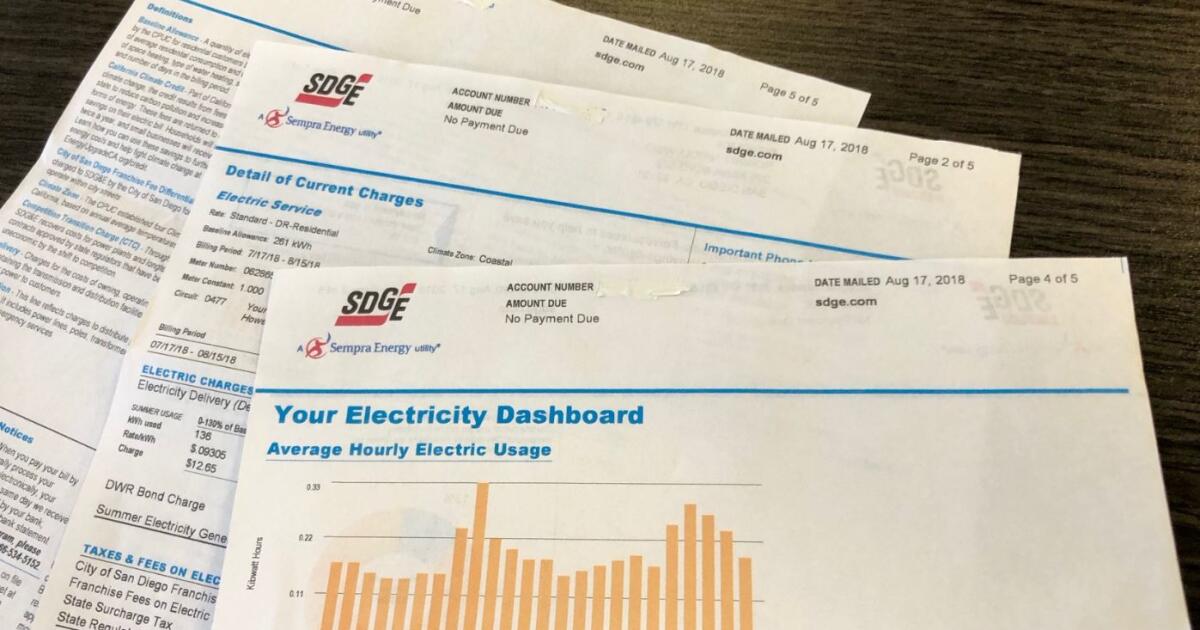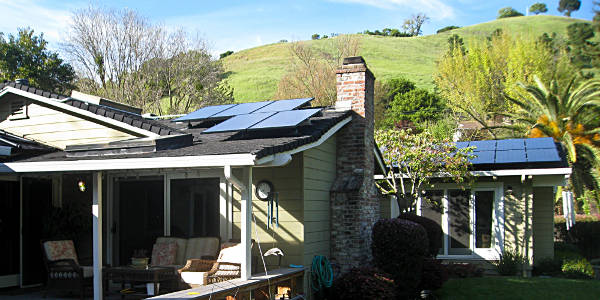sunwarriors
Member
The IOUs say that when SouthPas actually sent energy to his neighbors and used the grid to import; he didn't pay his fair share to keep the mammoth grid-machine alive.
Says holydonut.
And that's their argument. But as my example above showed, my "fair share" is only based on prior consumption. As a matter of fact, I spent decades as a high end user of SCE. I got solar the second year as a customer of LADWP, which has a pricing structure so fair its not worth mentioning.
Anyway, the fair share argument is bogus. All I did was reduce my consumption. By doing that, yes, I went from paying quite a bit in to the mammoth grid to not much, but its not like in 2020 I paid $7,000 for the grid, and then in 2021 sent a bill for $7,000 to some poor person or persons.
All that happened was conservation.
And as I posted above, the utilities cannot exist if everyone, or even anyone, engages in serious conservation. I mean, they can exist, but not without restructuring how they charge.
Reading these messages makes me feel like energy/power users are viewed by the utilities as drug addicts. We use less energy/no energy/get sober, and now, the drug dealer utility is saying it's not fair that I'm not using their drugs anymore so wants to charge me massive amounts for getting clean (installing solar/storage), or just charge me a massive amount because I need maybe 1 shot to stay healthy.
The whole power payment structure needs to be re-evaluated since like you say, if no one uses much power anymore, the utilities would collapse. Why I still think the large utilties should possibly be broken up...local communities will see it as a local need, managed as a non-profit.






